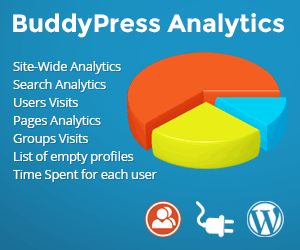Dessky Responsive Slider

Dessky Responsive Slider is a wordpress plugin for integrating into themes via a simple shortcode button. Caption removal on each slide and a vertical scroll functionality are also included in this plugin.
Description
The *Dessky Responsive Slider* plugin allows you to create slides that consist of linked (to any url) images and titles. The slider would then take those slides and present them as a jQuery-powered slideshow – at a chosen location within your theme, page, or post. In whatever order you want them.
The main purpose of the *Dessky Responsive Slider* is to serve as an effective addition to **responsive WordPress themes**, as it would automatically adjust to its container. This would work out of the box – there is no need for additional CSS or JavaScript tweaks from your theme.
Installation
- Upload the plugin folder `responsive-slider` to the `/wp-content/plugins/` directory.
- Activate the plugin through the “Plugins” menu in WordPress. A new item **”Slides”** would appear in the admin menu (under “Pages”).
- Go to **Slides -> Settings** and configure the slider options.
- Go to **Slides -> Add New Slide** and create a few slides.
- Place `<?php do_shortcode( ‘[dessky_responsive_slider]’ ); ?>` in your template – wherever you want it displayed. Alternatively you can use `[dessky_responsive_slider]` into a post or a page – just like any other shortcode, or you can use shortcode button at the top of the content editor.
- That’s it. Your site should now display the slider at the chosen location.
Frequently Asked Questions
Would the Dessky Responsive Slider work in my theme?
The plugin has been tested with more than 20 popular WordPress themes. It should work in yours too.
Does my theme need to be ‘responsive’ in order to use this plugin?
No, not at all. You can use it with any theme.
Can I change the way it looks?
Sure, you can easily override the slider CSS in your theme. The easiest approach is to use a tool like Firebug to find the snippet you need to override. Then copy it to your theme CSS file (usually `style.css`) and edit it there, using a CSS selector with higher priority.


